Simple science may explain the phenomena, but when it comes to natural light shows—be they in ravines in Arizona or caves in New Zealand—the effect is nothing short of magical. From forest fireflies in Japan to the violent, “everlasting” Catacumbo Storm in Venezuela to NYC’s own “Manhattanhenge,” these 16 natural wonders are totally worth designing a trip around.
Phytoplankton at Mudhdhoo (Vaadhoo) Island, Maldives

There are few places left in the world where bioluminescent phytoplankton are plentiful enough to create this light spectacle. As a defense mechanism, the phytoplankton glow blue when disturbed or agitated, creating a “stellar” display on the shoreline at night. There are other places where this can be seen (Jamaica’s Luminous Lagoon and Puerto Rico’s Bioluminescent Bays in Fajardo and Vieques, for example), but the luminescence has been dimmer in recent years. Chemicals in things like sunblock and bug spray are potentially damaging, so, if visiting, please be mindful.
Antelope Slot Canyon in Page, Arizona
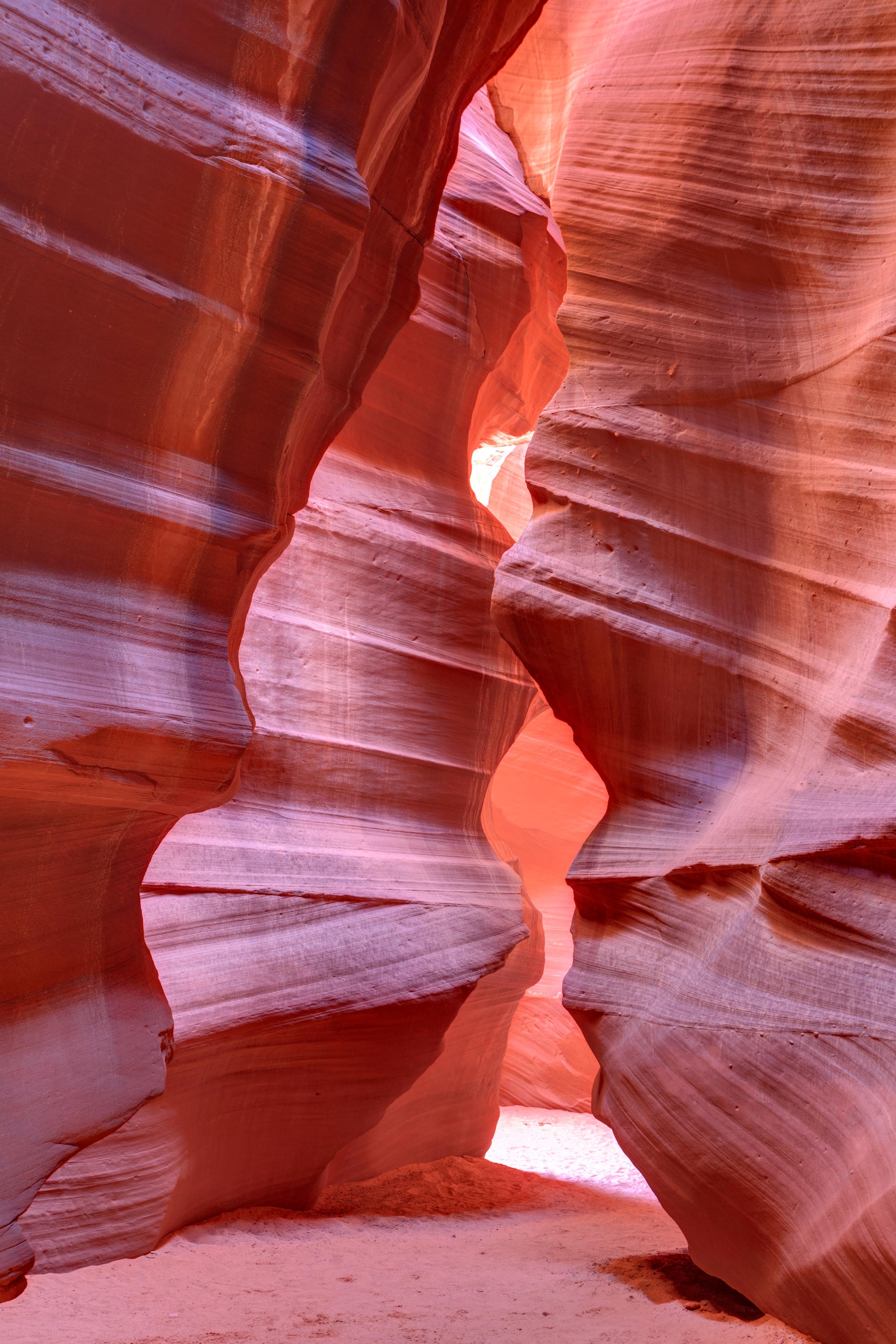
The slithering passages of the slot canyons are stunning in and of themselves, but when you add the light that sneaks through the slight openings in the rocks above, the color play (a mesh of oranges, reds, and purples) is particularly captivating. Tours through the slot canyons happen daily, but prime viewing hours are typically between 11:30 a.m. and noon. Visitors should check with the reservations line when booking, as the vividness of the scene varies throughout the year. Tip for photographing: visitors often kick up sand to get a more opaque spotlight.
Great Getu Arch in Getu Valley, China
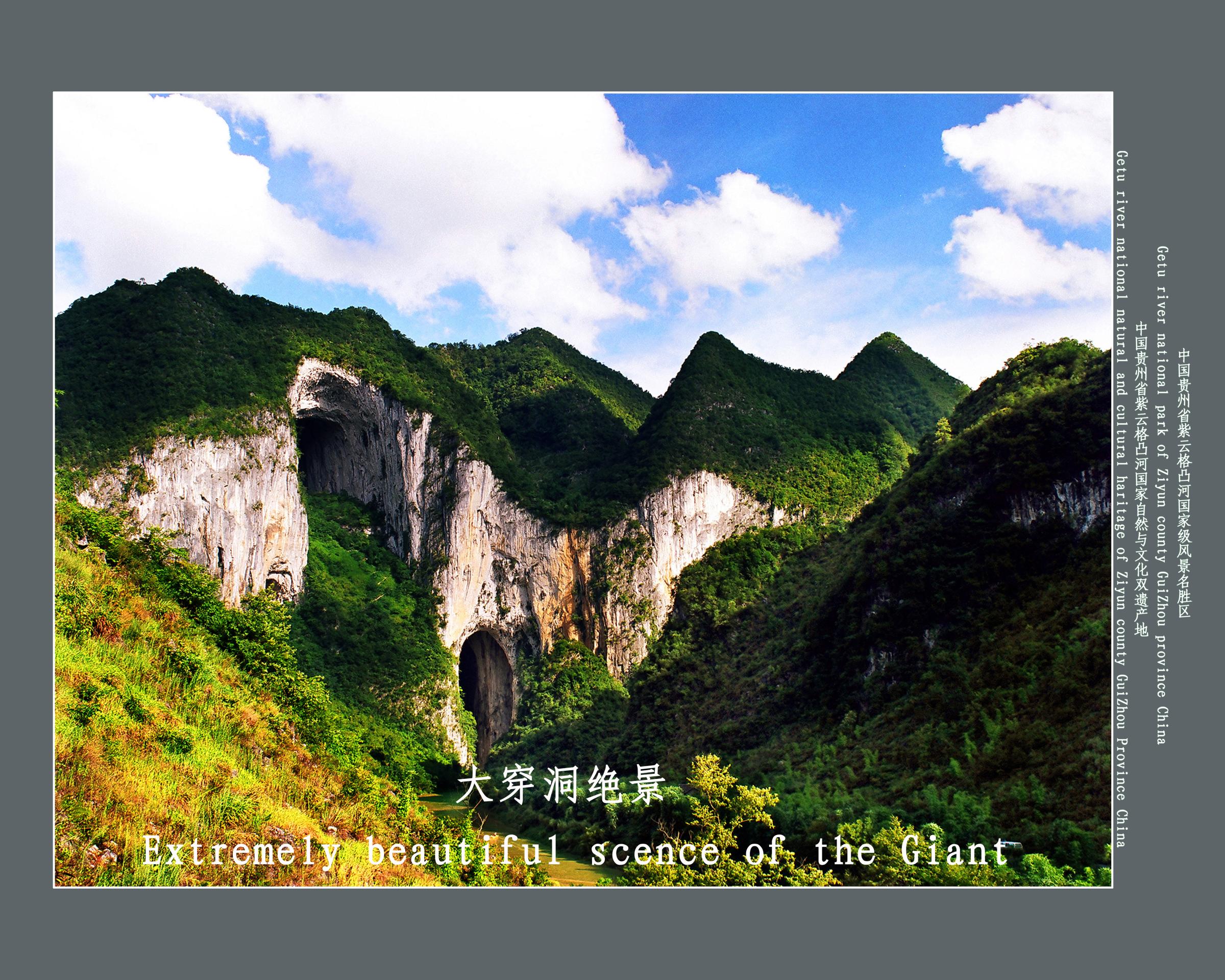
The Great Getu Arch is essentially a beam of sunshine that breaks through a massive limestone formation, though there is some speculation as to the validity of the phenomenon: it’s long been touted as rare and unpredictable, though some believe the images are, in fact, Photoshopped. A marketing director for the company who spoke with a photographer who’s shot there said the ray goes through the arch in the morning during the spring and fall. Blogs claim the phenomenon happens in the morning hours between 8:30 a.m. and 9 a.m. on clear days. It’s also worth noting that the light has also been seen shooting up from arch, one of the largest limestone arches in the world.
“Fire Falls” in California’s Yosemite National Park
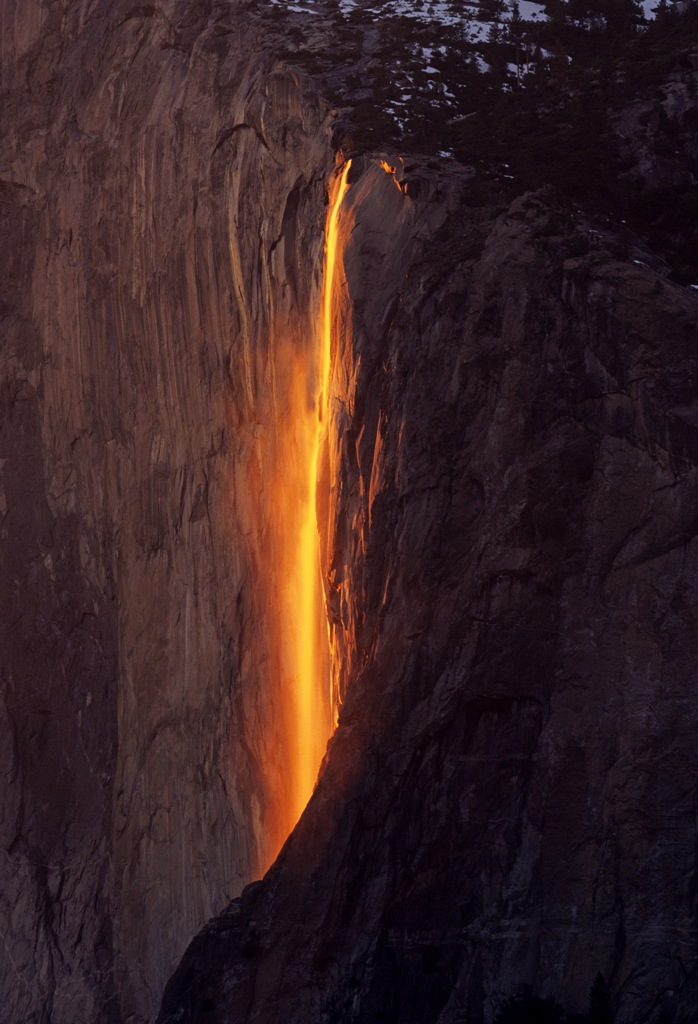
Imagine a wall of fire trickling down the face of a cliff. That’s the best way to describe the annual light phenomenon at California’s Yosemite National Park. Around the vernal equinox, the park’s Horsetail Falls—a waterfall on the side of the infamous El Capitan rock formation—glows a bright orange. The exact timing of the Fire Falls is hard to predict, but one of the most convenient places to witness it is on Northside Drive, approximately 1.7 miles past Yosemite Lodge at the Falls in the El Capitan picnic area. Claim your spot early in the afternoon; by sunset you’ll be surrounded by rows of photographers with tripods.
Aurora Borealis in Alberta’s Jasper National Park
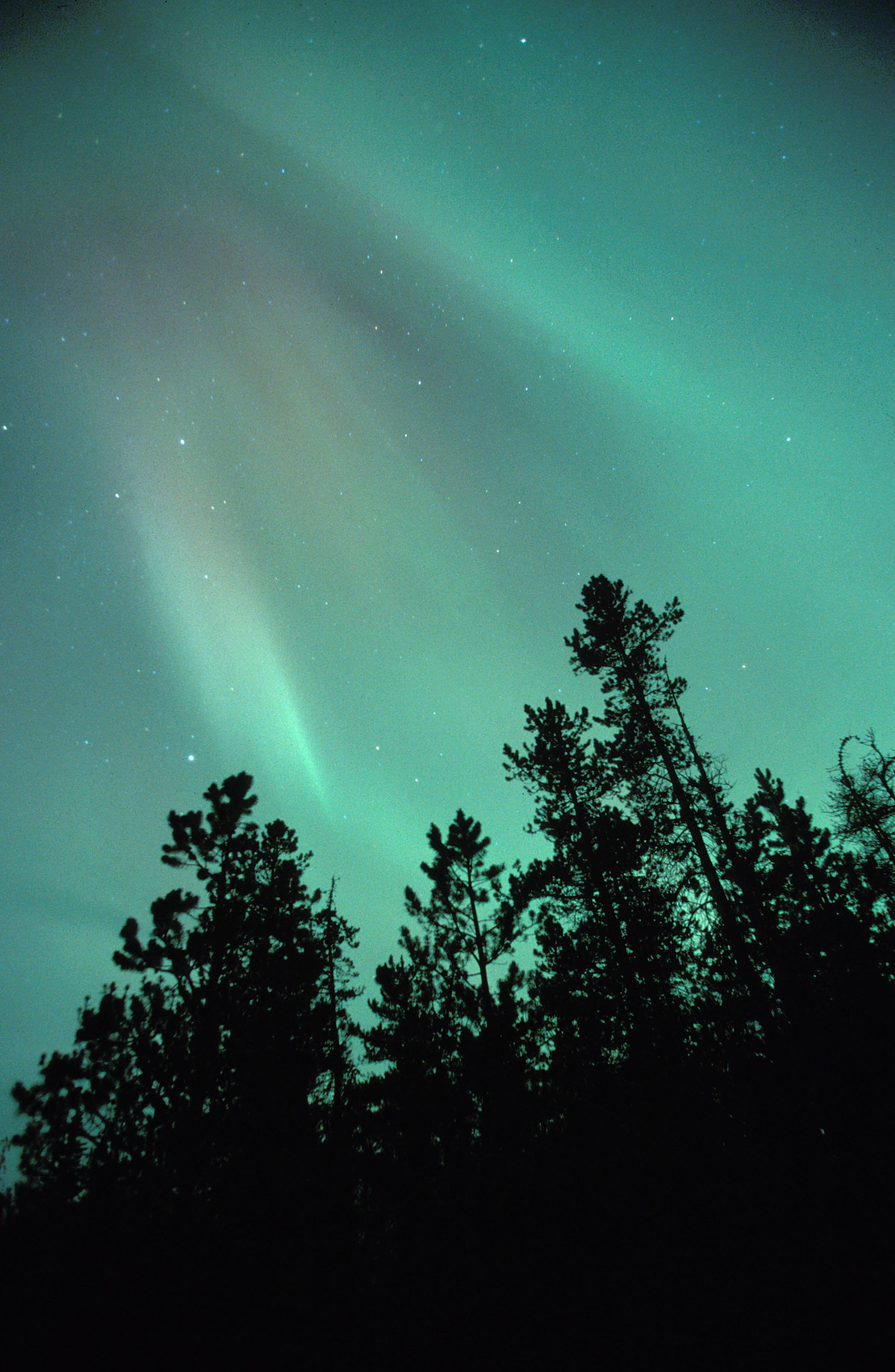
When going to see the Northern Lights, most flock to the Scandinavian countries, though there are a lot of great North American spots to witness the phenomenon: the forests in Fairbanks, Alaska and the National Parks of Alberta, to name a few. In fact, Alberta is home to the world’s two largest dark sky preserves: Jasper National Park and Wood Buffalo National Park, where the iridescent light dances across the sky in winter when the weather is dry, skies are clear, and solar activity is at its most active.
Naga Fireballs along the Mekong River in Thailand and Laos
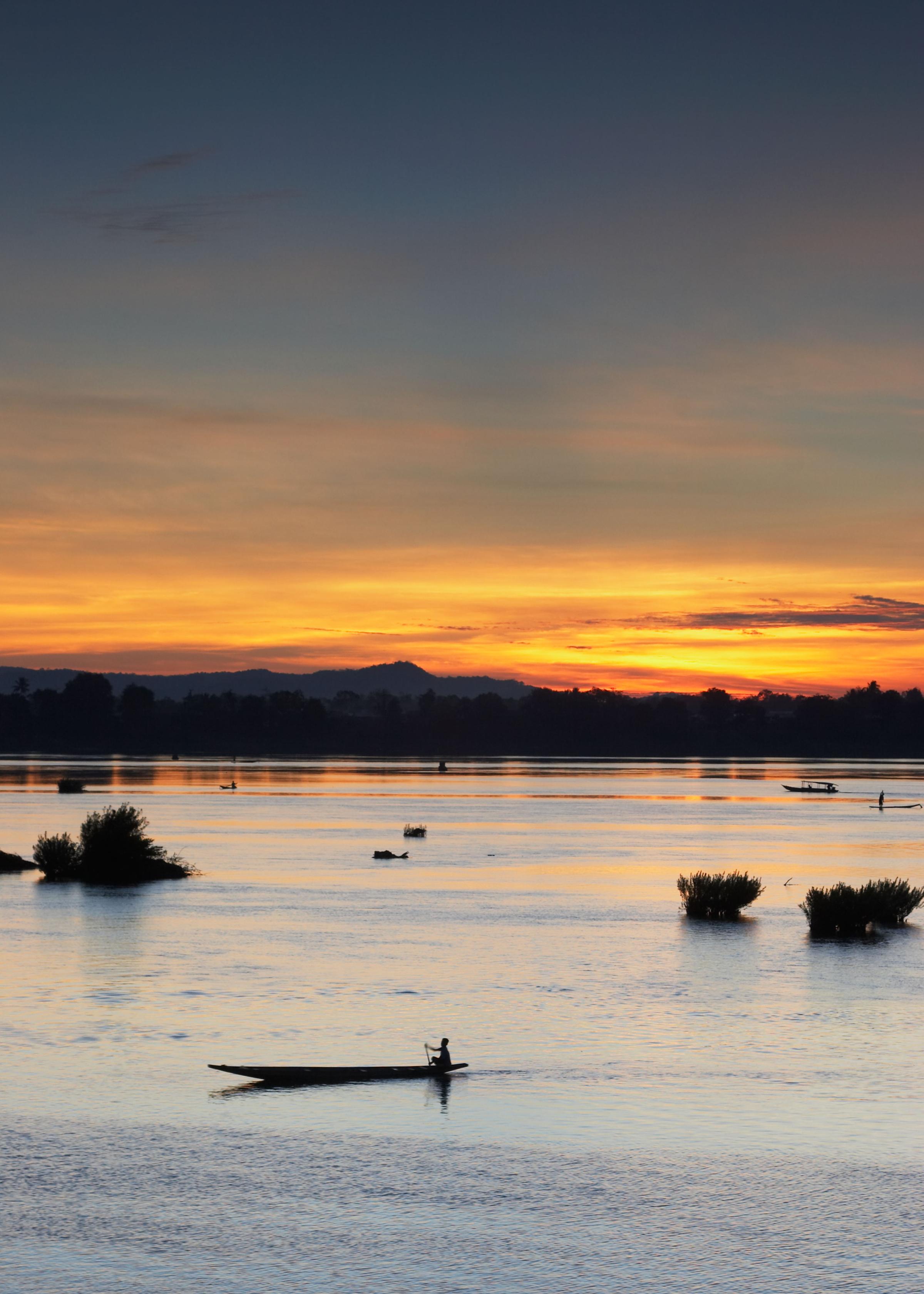
Every fall, reddish “balls” of light of varying sizes rise from the Mekong River up to 100 meters in the air. Then, they explode and disappear. Known as “bung fai paya nak” or “Naga fireballs,” the event has most often occurred in late autumn during the full moon, at the end of the Buddhist Lent. It derives its name from the mythical serpent “Naga,” who haunts the river and breathes—what else?—great balls of fire. Mythology aside, for many years people believed the event could be explained by methane bubbles erupting below the river’s surface, but in more recent years, science has proven it to be a natural process in which flammable phosphine gas builds up on the riverbed, often peaking in October.
Blue Grotto – Capri, Italy

Famous? Yes. Touristy? Yes. Still, a dream-like light phenomenon worth witnessing in person? Absolutely. Along the coast of the island of Capri in southern Italy, sunlight passes through an underwater cavity and shines through the seawater, creating a pretty blue illumination inside the cave. The cavity’s opening is tiny—less than a meter high—so visitors take a four-passenger rowboat into the grotto, often waiting several minutes until tides are low enough to paddle through the opening. The best time to go? Between noon and 2 p.m. on a sunny day. (Cloudy days won’t have the same impact.) The grotto has been fascinating visitors since antiquity, even before Emperor Tiberius dedicated the cave to sea nymphs. Even in later centuries sailors avoided it for fear of spirits and sea demons. Fair warning: some visitors are disappointed by the whole experience. It takes about one to two hours to get there by boat ride, often for just 10 to 15 minutes inside the cave.
Marfa Lights in Marfa, Texas
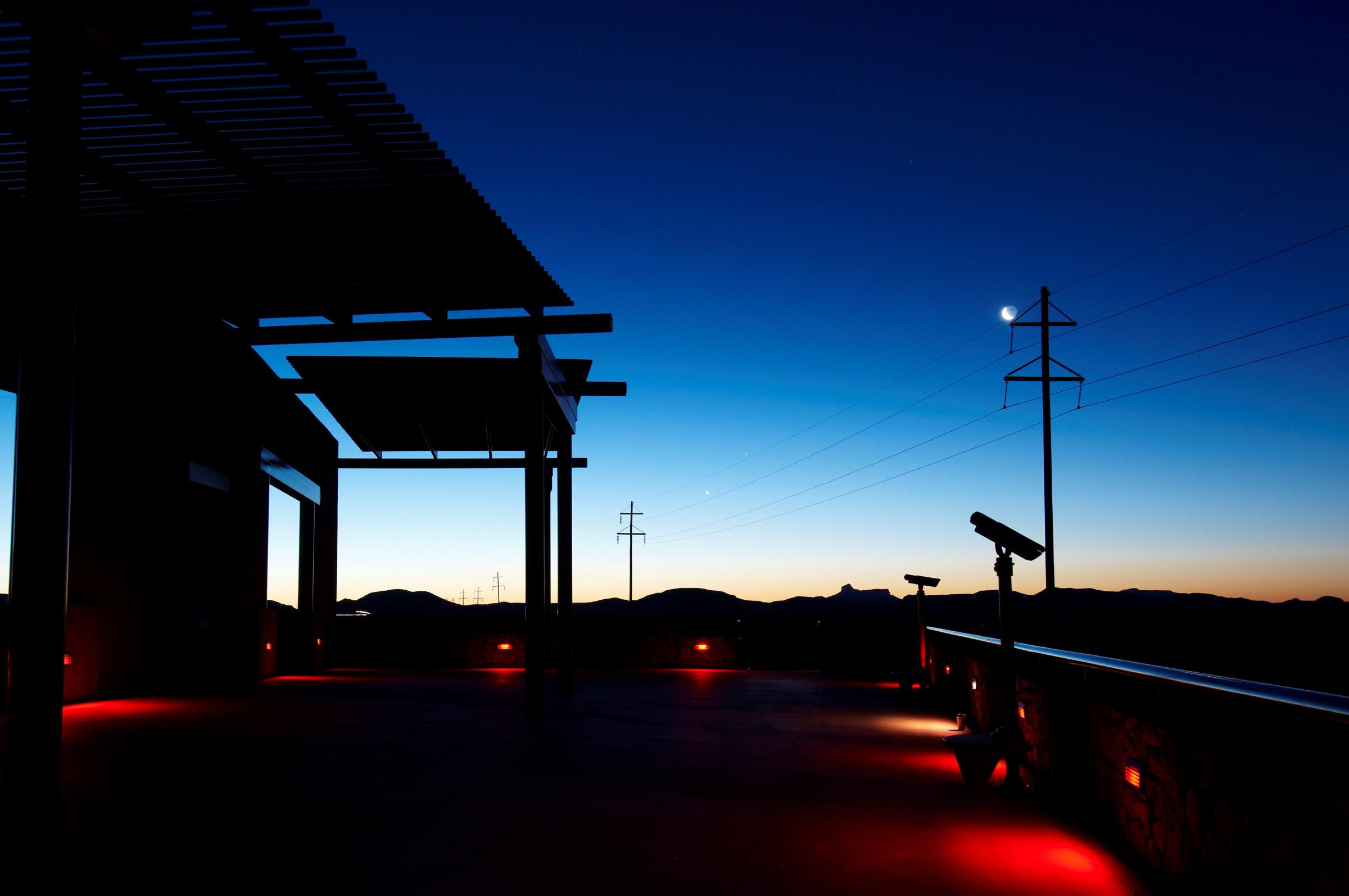
Accounts of strange and unexplained lights just outside this high desert city began during the 19th century. Glowing orbs—red, white, and sometimes blue—appear in the desert near Route 67 on Mitchell Flat, though the official Marfa Lights Viewing Area is nine miles east of town on Highway 90. The event occurs randomly throughout the night, no matter the season or the weather. Some think the lights are UFOs, others say they’re the atmospheric reflections of nearby cars and campfires.
The Everlasting Storm near the Catatumbo River in Venezuela
With lightning striking up to 280 times an hour, 10 hours a day, 160 nights a year, the so-called Everlasting Storm takes place where Venezuela’s Catatumbo River meets Lake Maracaibo. Often referred to as the “Lighthouse of Maracaibo,” the area is considered to be the world’s largest single generator of tropospheric ozone. Here’s the gist: heat and moisture collect across the plains to create electrical charges with storm clouds over 5 km high. Then, as the air masses are destabilized at the mountain ridges, continuous thunderstorm activity continues as a result for most of the year. In January 2014, the phenomenon was officially entered into the Guinness Book of World Records for the highest number of lightning strikes per square kilometer per year, at 250.
The Hessdalen Light in Hessdalen Valley, Norway
Strange light activity in this small valley in central Norway appears to peaked in the early 1980s, when sometimes hundreds of light orbs and fireball-like streaks (some as large as cars) could be seen dancing across the sky 15 to 20 times a week. Since then activity has decreased, but, at times, the lights can still be seen for more than an hour. It has intrigued scientists for years, so much so that, in 1998, an automated research station was built to monitor the appearances. The event is likely explained by the relationship between the valley’s electromagnetic field and its overall geologic makeup.
Light Poles in very cold cities like Laramie, Wyoming
This phenomenon—known as light poles or light pillars—can be extremely hard to predict, as several factors need to be in alignment in order for them to occur. The location must be a relatively large city or town—like Laramie, Wyoming (population 31,000)—with bright lights at night. It must be extremely cold, -4 degrees Fahrenheit or lower. There must be no wind (or very slow wind), and tiny ice crystals must be present in the atmosphere. The ice fog reflects the light into pole-like streaks.
Green Flash in Ecuador’s Galapagos Islands
At the precise moment that the sun melts into the horizon on the ocean during a sunset, lucky spectators may see a “green flash” along the horizon. It lasts no more than a few seconds, so it’s incredibly difficult to photograph. While cruising the remote Galapagos Islands of Ecuador where open ocean sunsets are the norm, naturalist guide Ivan Lopez jokes with guests that only those “in love” will see the green flash. Love aside, essentially the atmosphere acts like a weak prism, refracting the light of the sun and causing the light to separate out into different colors of the spectrum, green and blue being the most frequently seen at sunset. The event is not exclusive to the Galapagos; it’s also frequently seen in the Caribbean along the two-by-five mile Dutch island of St. Eustatius, for example.
Manhattanhenge in New York City
Twice a year, on dates evenly spaced around the summer solstice, the sun sets in perfect alignment with the east-west streets of Manhattan. “Manhattanhenge,” as its commonly known, refers to Stonehenge, England’s inexplicable prehistoric rock formation. Also known as “Manhattan Solstice,” the first event occurs around May 28, while the second occurs around July 12. The most impressive, however, occurs in between the dates when you can look west down the centerline of, say, 34th Street, and see the full solar disk slightly above the horizon nestled perfectly among the skyscrapers.
Waitomo Glowworm Caves in Auckland, New Zealand
In New Zealand, visitors can take a boat to a limestone cave, where lights sparkle in every direction like the night sky filled with stars. Sounds pretty romantic, no? Well it is romantic, despite the fact that it’s all caused by an army of tiny worms and larvae. The stunning inlet, part of the Waitomo Caves system on the North Island of New Zealand, is a must-see-to-believe phenomenon and an adventure from start to finish. Tours begin with a short hike through various cave formations including the Banquet Chamber, Pipe Organ and Catacombs, until finally taking a boat ride to the grand finale, the Glowworm Grotto, where the only light emits from living creatures, the Arachnocampa luminosa, or glowworms, which are exclusive and endemic to New Zealand.
Forest Fireflies in Nagoya City, Japan
In the forests of this Japanese city, fireflies waltz through the forest attracting their mates, lighting up the night sky with mini sparks in the process. The best time to catch them is during rainy season (June through July).
Blue Volcano in Danakil, Ethiopia
This cerulean eruption takes place in the Danakil Depression, a low-lying plain in Ethiopia. At dusk, the glow comes from the combustion of sulfuric gases that pushes through the cracks of the volcano. When they come into contact with the air, they ignite and can send electric blue flames more than 16 feet in the air.
More from Travel + Leisure:
More Must-Reads from TIME
- Donald Trump Is TIME's 2024 Person of the Year
- TIME’s Top 10 Photos of 2024
- Why Gen Z Is Drinking Less
- The Best Movies About Cooking
- Why Is Anxiety Worse at Night?
- A Head-to-Toe Guide to Treating Dry Skin
- Why Street Cats Are Taking Over Urban Neighborhoods
- Column: Jimmy Carter’s Global Legacy Was Moral Clarity
Contact us at letters@time.com